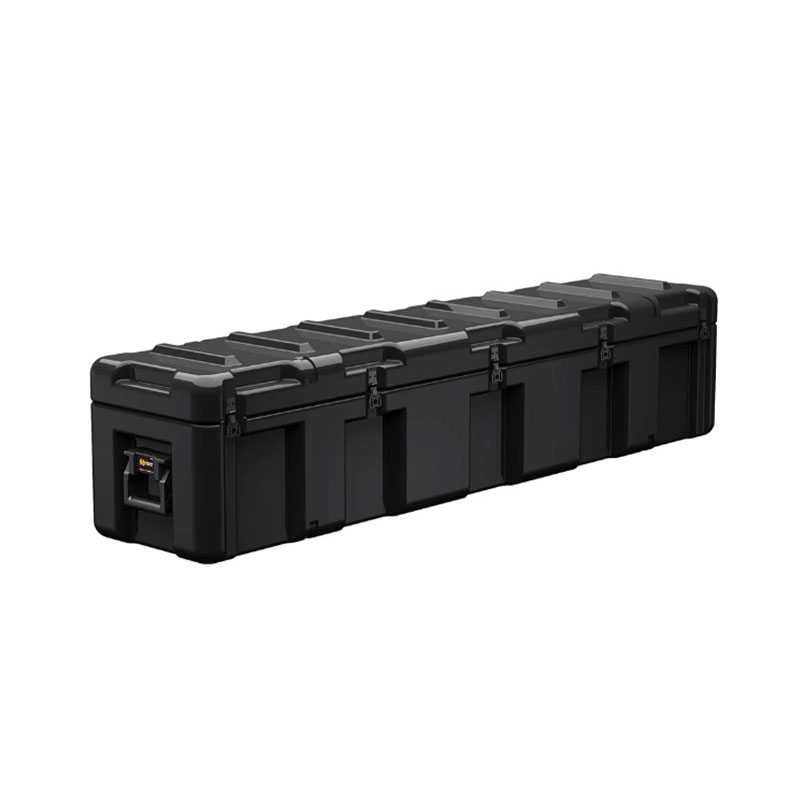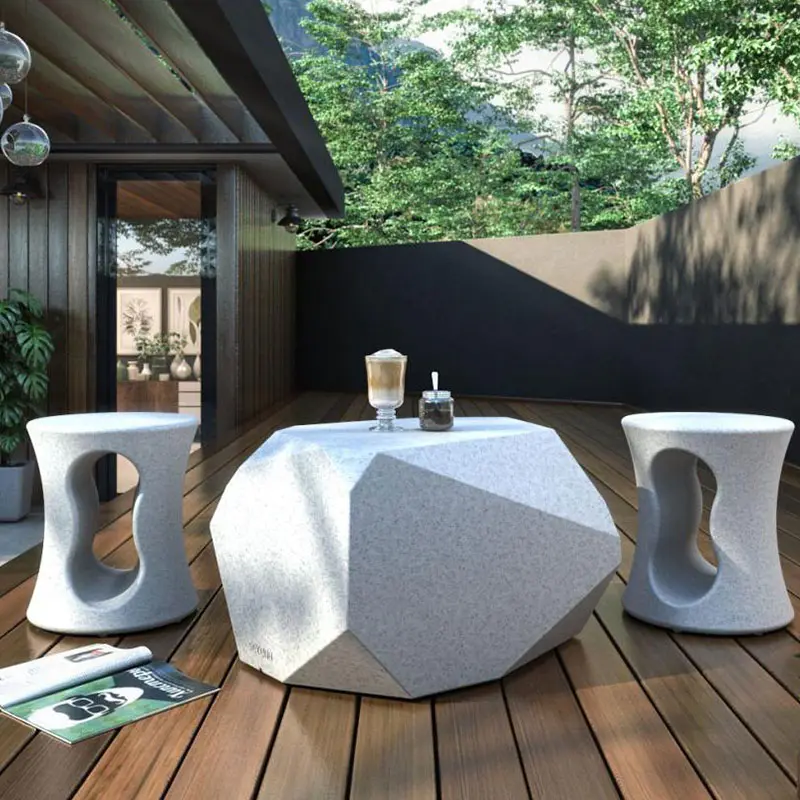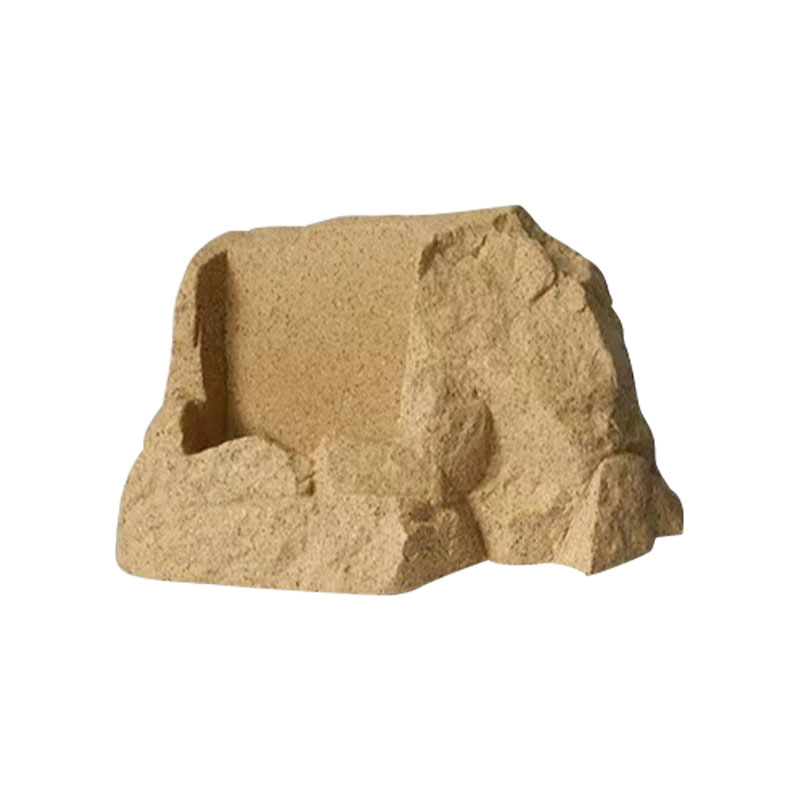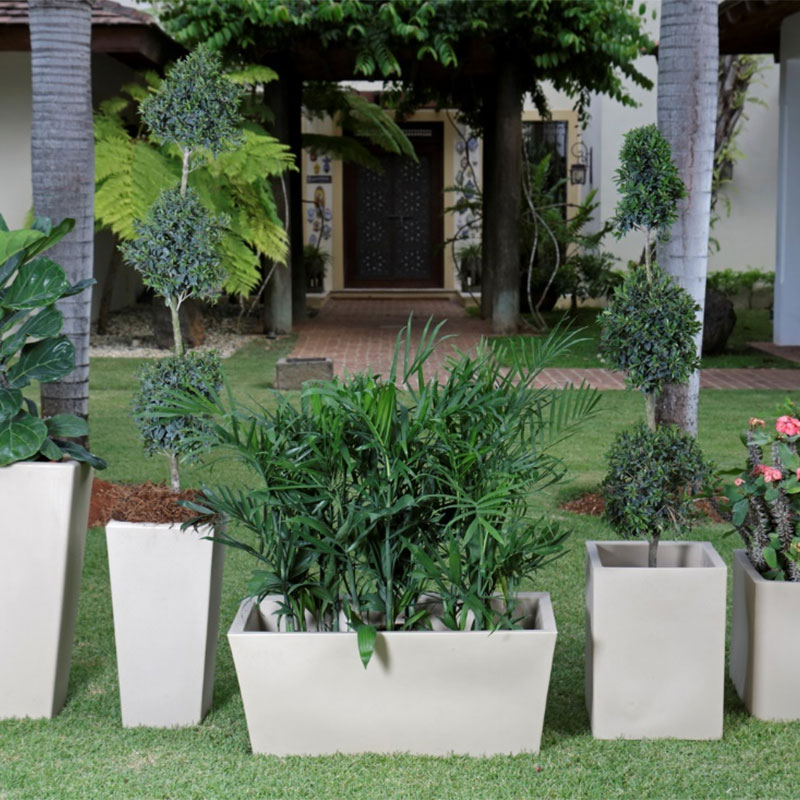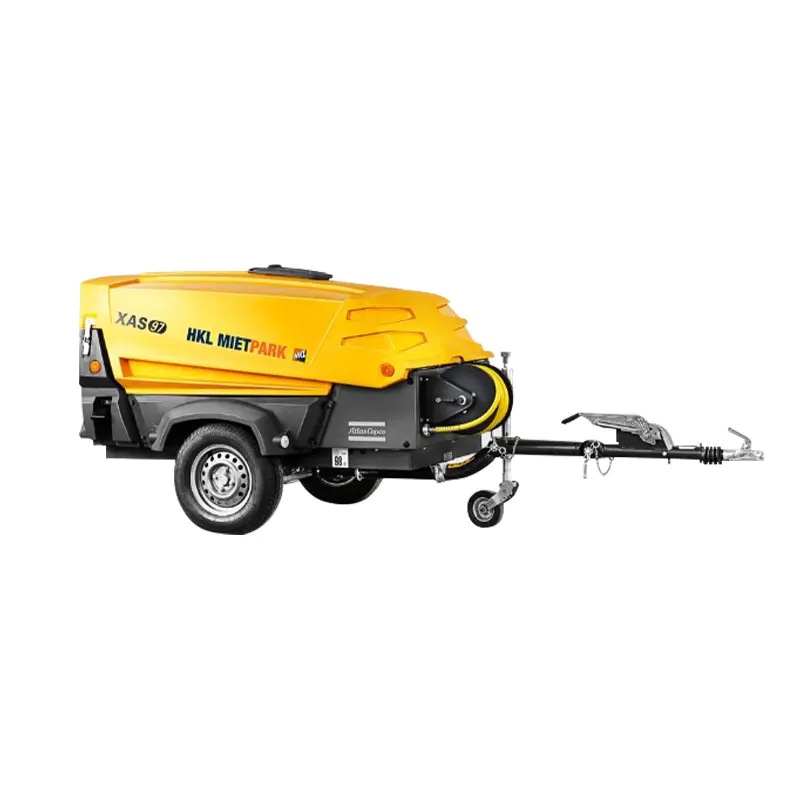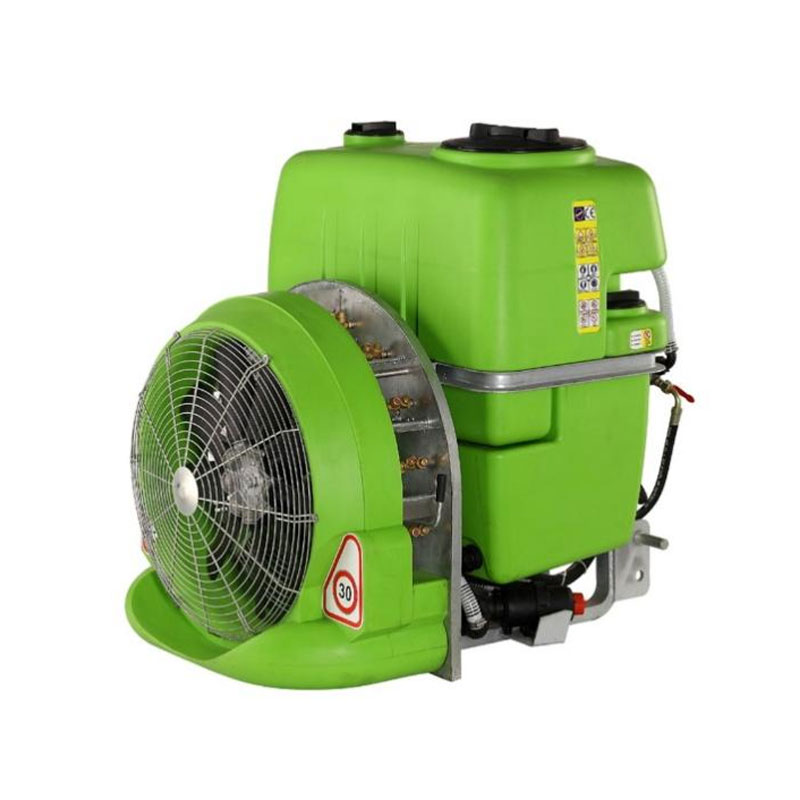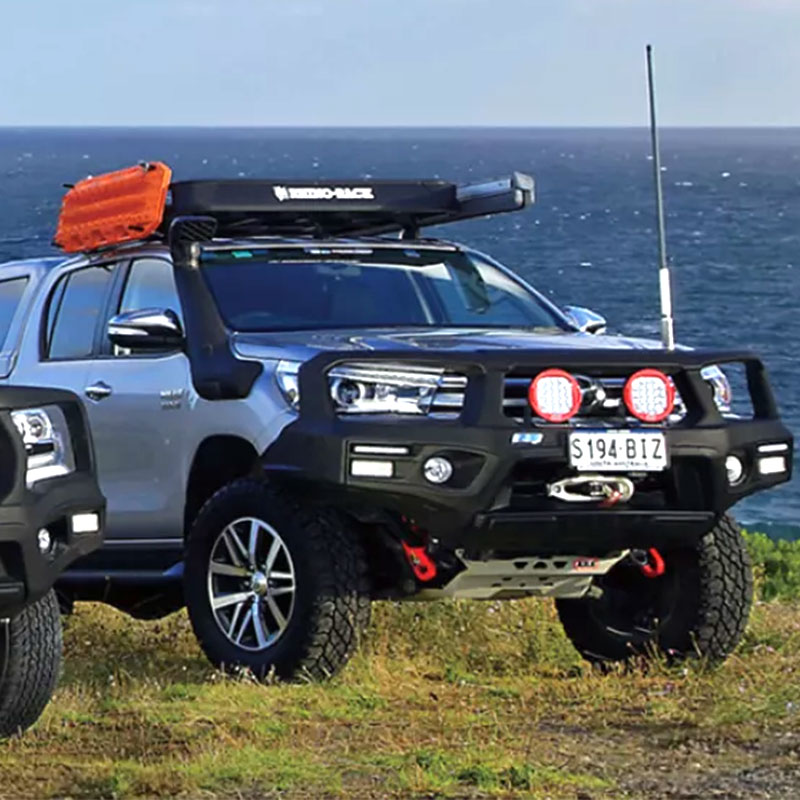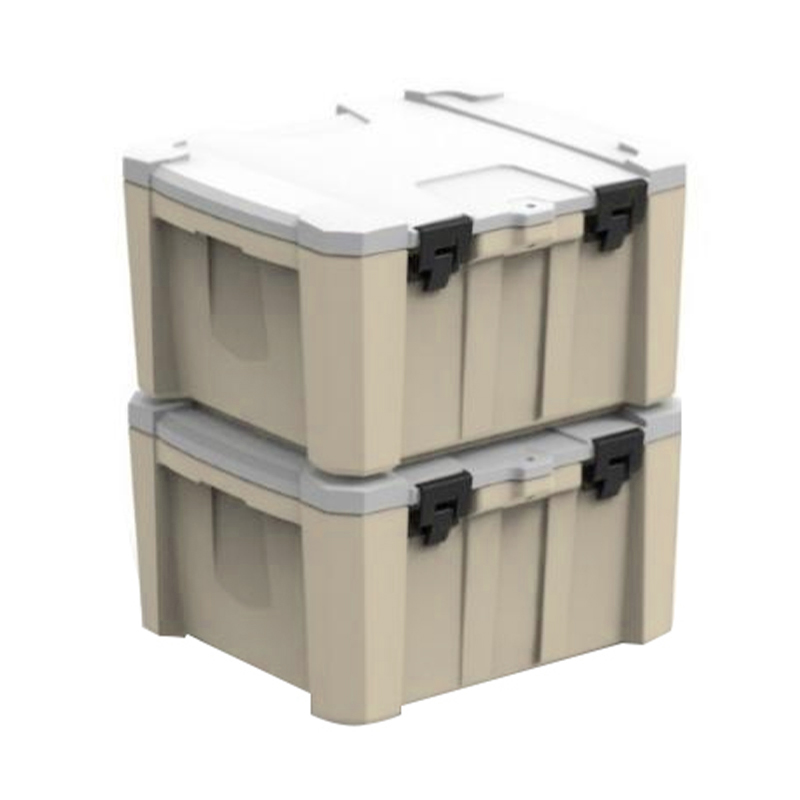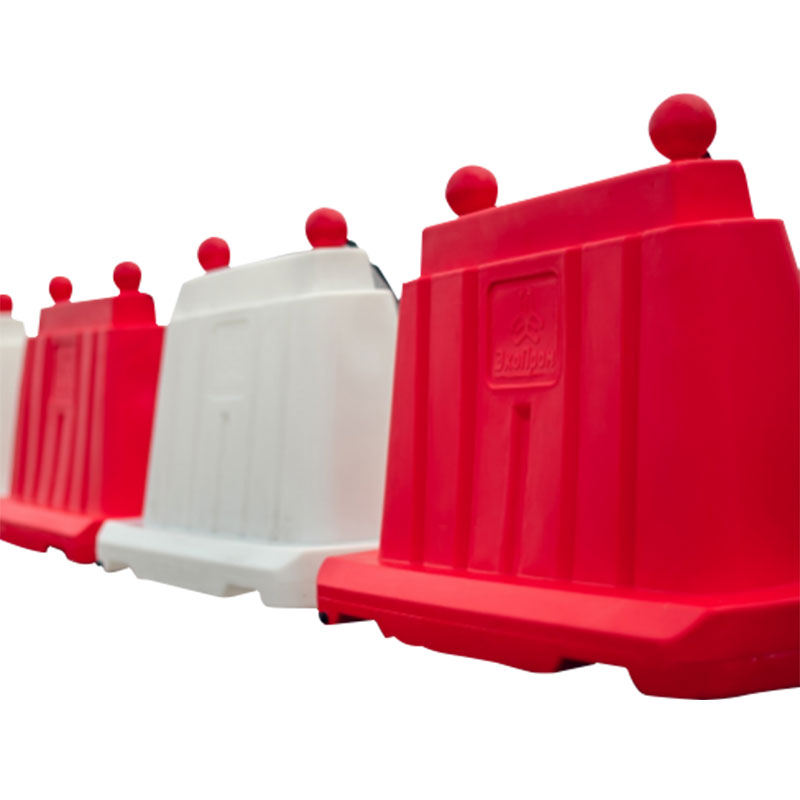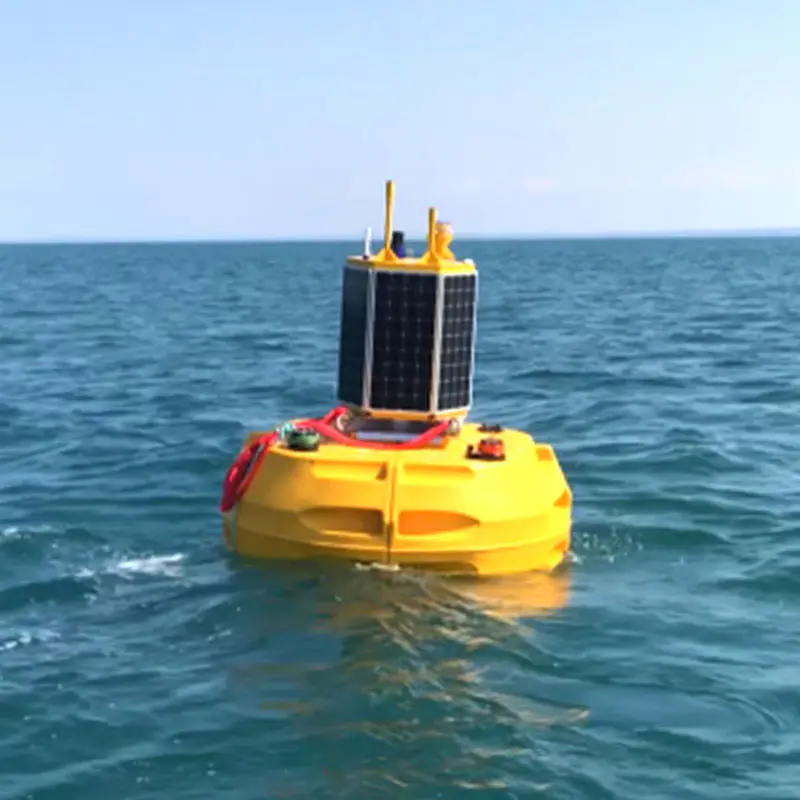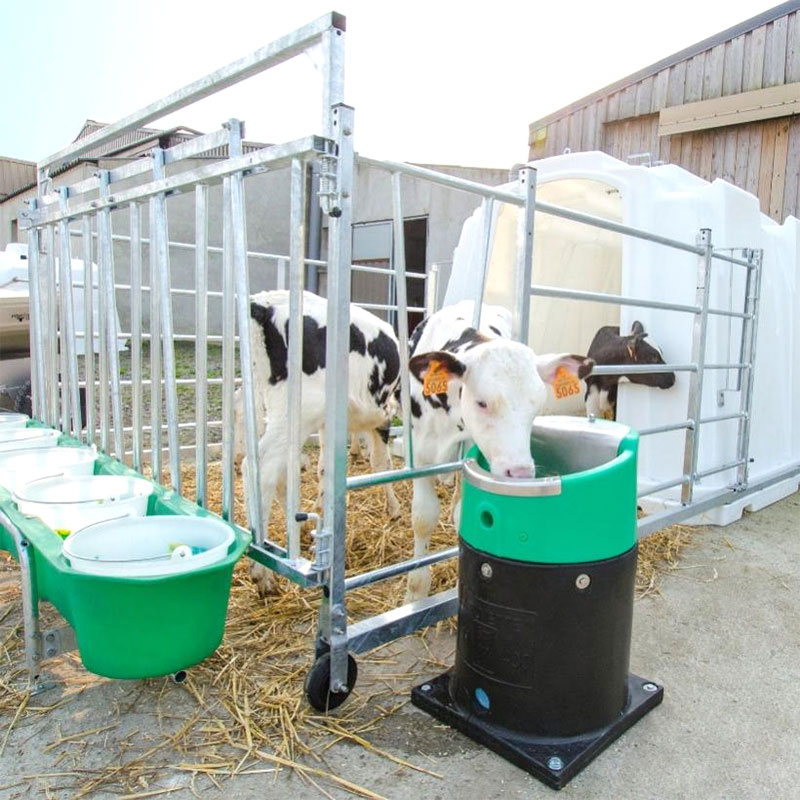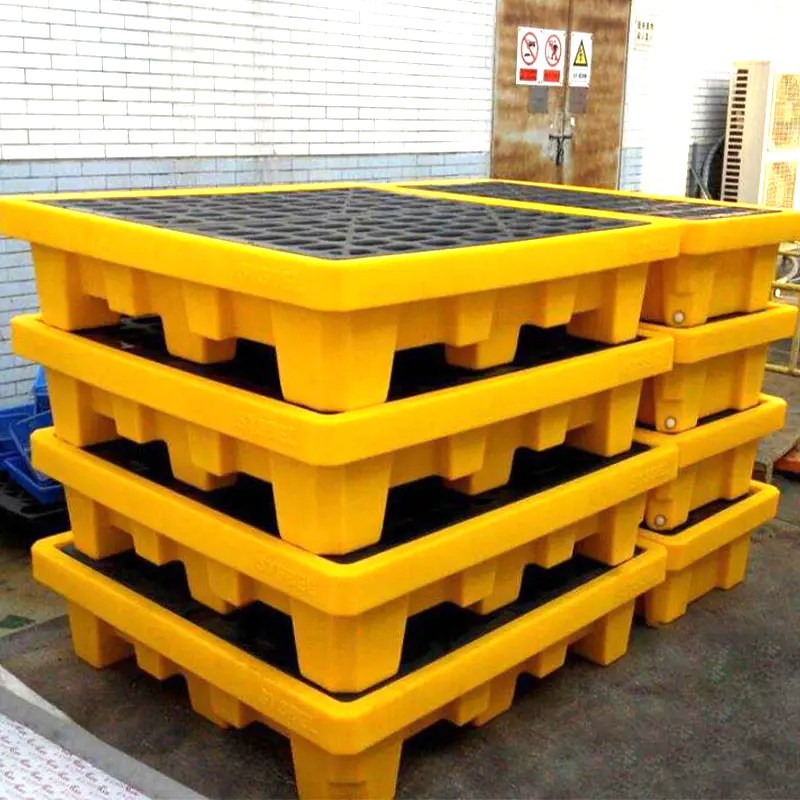Introduction: Navigating the Shift in Buoy Manufacturing
For wholesalers and buyers in the marine industry, the choice of products supplied is a critical determinant of market success and customer satisfaction. The field of marine navigation aids has witnessed a significant evolution in manufacturing techniques, with one process increasingly becoming the benchmark for quality and durability: the navigation buoy rotational mold process. This method, distinct from traditional fabrication techniques like fiberglass hand lay-up or welded steel, offers a compelling set of advantages that align perfectly with the demanding requirements of the modern maritime sector.
Understanding the Rotational Molding Process
To appreciate why the navigation buoy rotational mold technique is so effective, one must first understand its fundamental principles. Rotational molding, often called rotomolding, is a high-temperature, low-pressure manufacturing process used to create large, hollow, one-piece items. The process begins with a meticulously designed and fabricated mold, typically made from aluminum or steel, which is a negative of the final buoy shape. A predetermined amount of polyethylene resin, usually in a powdered form, is loaded into this mold. The mold is then closed and moved into an oven where it is rotated biaxially—that is, simultaneously around two perpendicular axes.
This rotation is the heart of the process. As the mold heats up, the plastic powder inside melts and gradually coats the entire interior surface of the mold cavity. The biaxial rotation ensures a uniform wall thickness and consistent distribution of the material, even in complex geometries with ribs, flanges, or other structural details. After the melting and coating phase is complete, the mold is transferred to a cooling station. Here, it continues to rotate while being cooled by air or water spray. This controlled cooling phase is crucial as it allows the plastic to solidify evenly, minimizing internal stresses and warping. Finally, the mold is opened, and the finished, seamless navigation buoy rotational mold product is removed. The result is a single-piece, durable hull that requires minimal post-processing. This method stands in stark contrast to processes that involve joining multiple parts, a common point of failure in marine environments.
Key Advantages of Rotational Molding for Marine Buoys
The unique nature of the rotational molding process confers a suite of distinct advantages that directly address the challenges faced by marine buoys. These benefits form the core of the value proposition for wholesalers and their end-buyers.
Unmatched Durability and Impact Resistance. Buoys are subjected to a relentless and punishing environment. They must withstand collisions with vessels, impacts from debris, constant wave action, and abrasive contact with docks and other buoys. Products from a navigation buoy rotational mold excel in this regard. The polyethylene resin used is inherently tough and possesses high elongation-at-break properties, meaning it can deform significantly under impact and return to its original shape without cracking. This impact resistance is far superior to more brittle materials like fiberglass, which can spider-crack upon impact, leading to water ingress and structural failure. The seamless nature of rotomolded products also eliminates weak points such as welds or glued seams, which are prone to fatigue and failure under cyclic loading.
Superior Corrosion and Chemical Resistance. The marine environment is one of the most corrosive on Earth, with saltwater rapidly degrading metals and attacking many plastics. Polyethylene, the workhorse material of rotational molding, is virtually impervious to saltwater corrosion. Unlike steel buoys that require expensive and recurring cathodic protection or coatings, a polyethylene buoy is intrinsically resistant. Furthermore, it is highly resistant to a wide range of chemicals, including oils, fuels, and cleaning agents that it might encounter in a harbor or waterway. This intrinsic resistance translates to a significantly longer service life and dramatically reduced maintenance costs, a key selling point for port authorities and marine contractors.
Inherent Unsinkability and Structural Integrity. The single-most critical function of a buoy is to remain afloat and upright while supporting a superstructure, which often includes a light, radar reflector, and other sensors. The navigation buoy rotational mold process allows for the creation of a fully watertight hull. More importantly, these hulls are typically filled with a closed-cell polyurethane foam. This foam is not a primary flotation device but acts as a critical safety backup. In the highly unlikely event that the buoy’s hull is punctured, the foam fill ensures the buoy remains 100% unsinkable, maintaining its position and continuing its navigational function. This unsinkable design is a non-negotiable safety feature that is seamlessly integrated into the manufacturing process.
Consistent Wall Thickness and Structural Uniformity. As mentioned, the biaxial rotation in the rotomolding process ensures that the molten plastic distributes itself evenly across the interior of the mold. This results in a product with a highly consistent wall thickness throughout its structure. Consistency is paramount for structural integrity; it prevents the creation of thin, weak spots that could become failure points under stress. While some variation is inherent in any process, the control achieved in rotational molding is exceptional. This uniformity also contributes to predictable and reliable long-term performance, as the entire structure ages and reacts to environmental stresses in a consistent manner.
Material Science: The Role of Polyethylene Resins
The advantages of the navigation buoy rotational mold process are inextricably linked to the materials used. While other plastics can be rotationally molded, linear low-density polyethylene (LLDPE) and its cross-linked variants (XLPE) are the most common and suitable for marine buoy applications. The choice of resin is a critical decision that directly influences the product’s performance, longevity, and cost-effectiveness.
Polyethylene resins for marine use are specially formulated with additives to enhance their performance in harsh environments. The most crucial of these additives are UV stabilizers. Prolonged exposure to direct sunlight causes photo-degradation in most plastics, leading to embrittlement and color fading. High-quality marine-grade polyethylene compounds include carbon black or other advanced UV-inhibiting systems that effectively absorb and dissipate UV radiation, ensuring the material retains its toughness and color for many years. This UV resistance is a vital feature for a product that spends its entire life exposed to the sun.
Another key material property is stress crack resistance. This refers to the material’s ability to resist the development of cracks when under sustained tensile stress in the presence of certain chemicals or environmental conditions. Marine-grade polyethylenes are engineered with high resistance to environmental stress cracking, which is essential for a buoy that is constantly under load from its mooring system and exposed to water and contaminants. Cross-linked polyethylene (XLPE) offers even greater performance in this area, as the cross-linking of polymer chains creates a three-dimensional network that significantly improves toughness, stress crack resistance, and temperature tolerance, making it suitable for the most demanding applications.
The following table summarizes the key differences between standard and marine-grade polyethylene:
| Property | Standard Polyethylene | Marine-Grade Polyethylene |
|---|---|---|
| UV Resistance | Low to Moderate; prone to rapid degradation. | High; contains advanced UV stabilizers for long-term outdoor use. |
| Environmental Stress Crack Resistance (ESCR) | Moderate. | Very High; specifically formulated to withstand constant stress and exposure. |
| Impact Strength | Good at room temperature. | Excellent; retains high impact strength in a wide temperature range, including freezing conditions. |
| Chemical Resistance | Good. | Excellent; highly resistant to saltwater, oils, and fuels. |
For wholesalers, specifying that buoys are manufactured from certified, marine-grade polyethylene is essential. It is the foundation upon which the product’s reputation for reliability is built.
Economic and Operational Benefits for Wholesalers and Buyers
Beyond the technical performance, the navigation buoy rotational mold process delivers significant economic and operational advantages that resonate strongly with both wholesalers and their end-client buyers. These benefits impact the total cost of ownership, logistics, and long-term value.
Lower Lifetime Cost and Reduced Maintenance. While the initial purchase price of a rotationally molded buoy may be competitive with or sometimes slightly higher than a fiberglass alternative, its true value is realized over its operational lifespan. The corrosion resistance, impact resistance, and UV stability drastically reduce the need for repairs and repainting. A steel buoy requires regular, expensive maintenance to combat rust and repair damaged coatings. A high-quality polyethylene buoy, beyond routine cleaning and occasional hardware inspection, demands very little. This reduced maintenance translates into substantial cost savings for the asset owner, making it a highly economical choice over a decade or more of service. This is a powerful argument for wholesalers to present to cost-conscious buyers like port authorities and government agencies.
Logistical and Handling Efficiency. Polyethylene buoys are significantly lighter than their steel or concrete counterparts of a similar size. This reduced weight has a cascading effect on logistics. It means lower transportation costs, as more units can be loaded onto a single truck or vessel. It also dramatically improves safety and efficiency during deployment and retrieval operations. Lighter buoys can be handled by smaller vessels with less powerful cranes or A-frames, reducing charter costs and operational complexity. The ease of handling also minimizes the risk of workplace injuries, an important consideration for any marine operation.
Design Flexibility and Customization. The navigation buoy rotational mold process offers exceptional flexibility in design. Molds can be created to produce buoys in a vast array of shapes, sizes, and colors. This allows wholesalers to offer a comprehensive product line, from small, simple marker buoys to large, complex navigation buoys with integrated walkways and tower bases. Furthermore, features like mounting pads for lights or sensors, lifting points, and internal reinforcement ribs can be integrated directly into the mold design, creating a robust and purpose-built product. This ability to provide customized solutions without exorbitant tooling costs allows wholesalers to serve niche markets and meet specific customer requirements effectively.
Applications Beyond Standard Navigation Aids
The utility of the navigation buoy rotational mold product extends far beyond traditional channel marking and lateral systems. The same properties that make these buoys ideal for navigation also make them perfectly suited for a range of other marine and freshwater applications. Understanding this breadth allows wholesalers to identify and capitalize on adjacent market opportunities.
Aquaculture and Fish Farming. The aquaculture industry relies heavily on robust, durable flotation devices to support nets, pens, and feeding systems. The chemical resistance of polyethylene makes it inert and safe for use in fish farming environments, while its toughness withstands the constant motion of the water and contact with equipment. Aquaculture floats produced via rotational molding are a major growth area, offering a longer-lasting and more reliable alternative to traditional materials.
Data Collection and Oceanographic Monitoring. An increasing number of buoys are being deployed as stable platforms for scientific instrumentation. These buoys host sensors that monitor water quality, weather conditions, wave height, and current speed. The stability, durability, and customization potential of a rotationally molded hull provide an excellent foundation for this sensitive and expensive equipment. The foam-filled, unsinkable design ensures that even in a worst-case scenario, the valuable data payload remains afloat.
Mooring and Berthing Systems. Large rotationally molded buoys are extensively used as mooring buoys for vessels, from small yachts to large workboats. Their high impact resistance prevents damage to vessel hulls, and their reliability ensures a secure mooring point. Similarly, they are used as port fenders and in berthing systems, where their energy-absorbing qualities help protect docks and structures from vessel impact.
Delineation and Safety. These buoys are also widely used for non-navigational demarcation. This includes marking swimming areas, security zones around infrastructure, dredging operations, and underwater pipelines or cables. The ability to produce buoys in highly visible colors like international orange, yellow, and white makes them perfectly suited for these safety and delineation roles.

 English
English 中文简体
中文简体 русский
русский Español
Español